Research
Fire Conditions Are Worsening
Fire experts, meteorologists, fire ecologists, the Department of Agriculture, and the Department of the Interior all agree that our planet is in a state of climate change that is producing drought and record-breaking temperatures. During the last decade, these changes were more severe than any in recorded history. The result of these conditions is wildland fires are greater in number, higher in intensity, and with greater flame lengths and more acreage destroyed than we have ever seen in our lifetimes. These conditions are producing mega-fires that are over one hundred thousand acres. Predictions are that these changes will continue during the next twenty years or more. These mega-fires need larger quantities of water delivered faster, destroy the ozone rapidly, and cause the loss of many firefighters' lives.
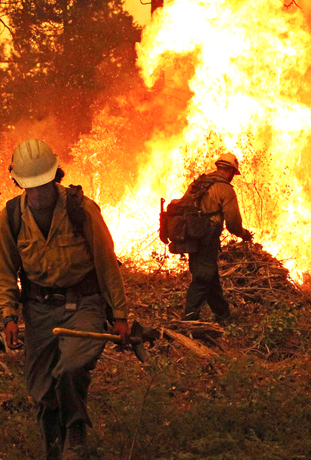
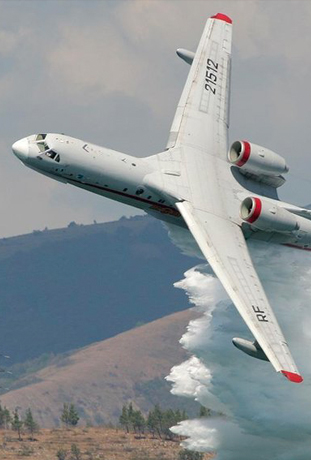
The RAND Corporation
http://www.rand.org/pubs/monographs/MG1234.html
In the fall of 2009, the U.S. Forest Service, an agency of the U.S. Dept of Agriculture, asked the RAND Corporation to undertake the study, "Determination and cost-benefit analysis of the optimal mix of helicopters and air tankers for the U.S. Forest Service." The Forest Service requested additional follow-up analyses in the fall of 2010. The objective of these research projects was to assist the Forest Service in determining the composition of a fleet of air tankers, scoopers, and helicopters that would minimize the total social cost of wildfires, including the cost of large fires and the costs of aircraft.
This report summarizes the research approach and results and should be of interest to Forest Service officials and others who are concerned with ensuring that the nation's wildfire firefighting capabilities are maintained in an efficient and cost-effective way.
Key Findings of the RAND Corporation Report:
Across All Analyses, Scoopers Were the Dominant Component of the U.S. Forest Service's Optimal Fleet Mix
- Scoopers are considerably less expensive to own and operate than larger helicopters and fixed-wing air tankers ($2.8 million versus $7.1 million per year).
- When fires are near water, scoopers can drop more water than air tankers can drop retardant.
- At least two-thirds of historical fires have been within ten miles of a scooper-accessible body of water, and about 80 percent have been within five miles of a helicopter-accessible body of water.
- Air tankers have a niche role in fighting wildfires that are not proximate to scooper or helicopter-accessible water sources.
Climate Change and the Effects of Neglect
The ignition and growth of fires depend quite strongly on the weather; thus, climate change can be expected to have a considerable impact on forest fire activity. The Canadian Climate Centre GCM scenarios suggest an increase in fire occurrence of 25% by 2030 and 75% by the end of the 21st century.
Currently, as much through designed neglect as benign neglect, the national forests have been allowed to change from productive forests to fire-prone, insect-infested, and disease-wracked lands of declining value to the public. This condition is caused, in part, by the lack of clear management direction for these lands, lack of human and financial resources to protect and manage these lands, and lack of public understanding of the importance of effectively managed forests.
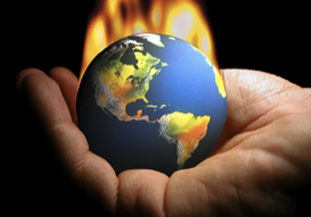
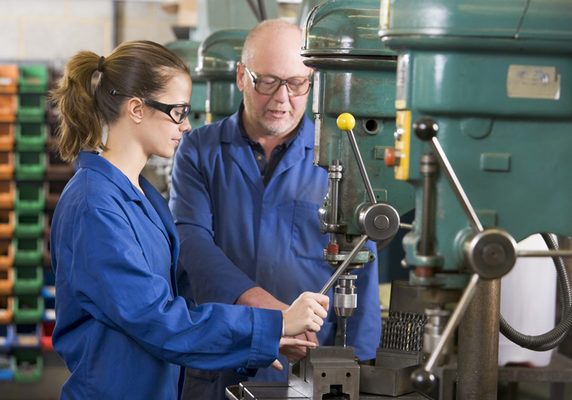
Employment Growth
The opportunity for employment opportunities and growth in Santa Maria, CA is vast!
The Santa Maria Joint Union High School District, Allan Hancock College, Workforce Development, and the Santa Maria Community will be provided employment training, high pay, high growth jobs, and a sustainable economic revitalization through the building of a manufacturing industry in creating the BE-200 Aircraft. This will be the only company producing the efficient and effective wildfire fighting machine and will also become a training facility for employment in: Manufacturing, Aircraft Mechanics, Pilot Training, Engineering, and Business.
FEATURED VIDEOS
Most of the firefighting air tankers in our fleet are too old to be flying, which puts crewmen at risk.
The largest water-scooping air tanker in the world is certified worldwide yet has never fought fires in North America.
In today's political landscape, there exists a relationship between wildfires and terrorism.
Important Links
HYDROLOGIC AND EROSION RESPONSES OF BURNED WATERSHEDS
Scientific Questions
The enhanced probability of catastrophic wildfires in the western United States and elsewhere in the world has increased the need to understand the flooding risk and the erosion and depositional responses of burned watersheds. In addition, surface water flowing from burned areas may carry increased levels of sediment, organic debris, and chemicals that may contribute to significant degradation of municipal water supplies and aquatic habitats. Our project has three main thrusts: (1) we are investigating the relation between rainfall intensity and peak water discharge from burned watersheds, a relation that depends on the size of the rainstorm, the size of the burned area and burn severity, and the changes in infiltration capacity of the soil; (2) we are investigating the hillslope and channel erosion and deposition processes after wildfire with a focus on predicting these processes on a watershed or landscape scale rather than on a single hillslope plot or channel cross-section scale; and (3) we are examining the water quality impacts of wildfire and are synthesizing post-fire water-quality sampling protocols.
Mission or Goal
An extensive body of literature exists on the effects of wildfire on watersheds. Wildfires have burned across the landscape of the western United States for centuries, but the magnitude of the geomorphic effect on the landscape is unknown. By understanding the magnitude of the runoff response and the erosion and deposition responses of recent wildfires, we can provide data for landscape evolution models in areas prone to wildfire. In addition, an understanding of the runoff response will contribute to better methods of predicting post-fire flooding to minimize the loss of life and property. Watershed-scale predictions of erosion and deposition from these natural disasters can be used by land managers to prioritize forest treatments based on erosion potential before and after wildfires. Moreover, we hope to contribute to an understanding of wildfire as an element of an ecosystem’s disturbance regime.
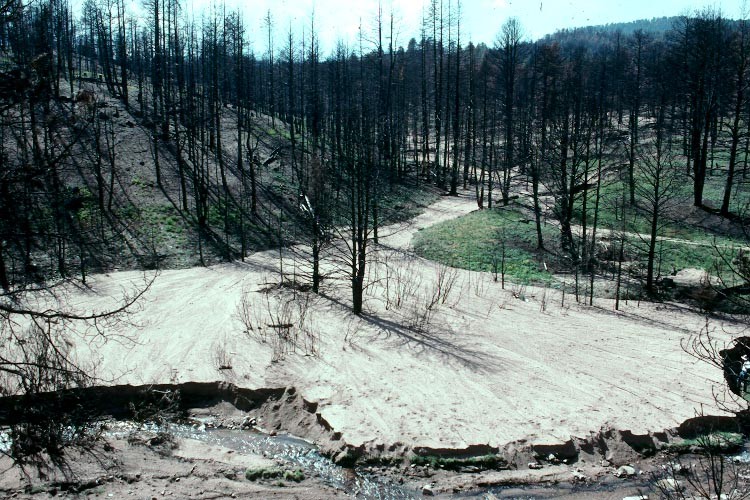
Alluvial Fan
The Buffalo Creek Fire in May 1996 burned 4,690 hectares in the mountains southwest of Denver, Colorado. This wildfire lowered the erosion threshold of the watershed. As a consequence of this wildfire, a 100-year rainstorm in July 1996 caused erosion upstream and deposition of this alluvial fan at the mouth of a tributary to Buffalo Creek. Buffalo Creek is flowing to the right at the bottom of the photograph. Photo by R. H. Meade
Flash Floods
A consequence of wildfires is the increased probability of flash floods. This flash flood occurred in Spring Creek on 29 July 1997 within the area burned by the Buffalo Creek Fire. The view is upstream and the discharge is about 5.0 m3/s from a maximum 30-minute rainfall intensity of about 19 mm/h. Rainfall-runoff relations suggest a rainfall threshold at about 10 mm/h above which much larger flash floods occur. Photo by John A. Moody
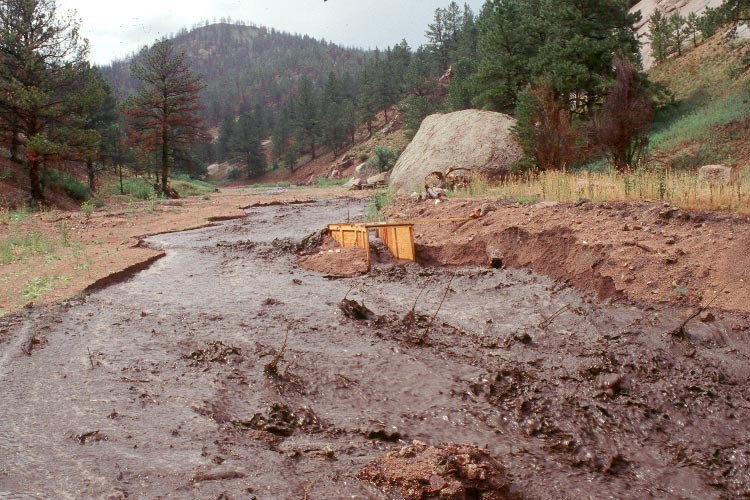
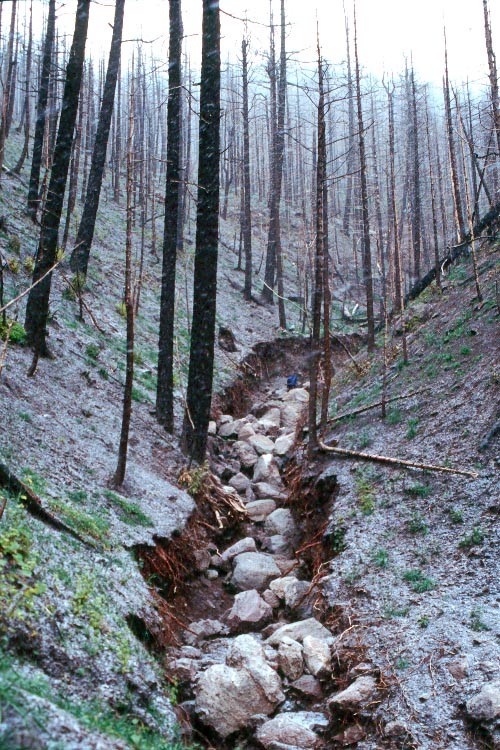
Erosion
Another consequence of wildfires and subsequent rainfall is erosion. This erosion of a drainage created an incised channel after the Cerro Grande Fire near Los Alamos, NM. The view is upstream and the blue backpack is about 1 meter tall. The maximum 30-minute rainfall intensity was about 20 mm/h. The incision seen in this photo was after the wildfire and rain storm; prior to the storm this drainage had no definite banks. Photo by John A. Moody
Deposition
Channels draining burned areas have zones of erosion and zones of deposition. This deposition was downstream from an erosion zone shown in the previous photo. The peeled bark indicates the highest level of water and debris during a flash flood. Sediment is coarse sand and gravel. The view is downstream and the blue backpack is about 1 meter tall. Photo by John A. Moody
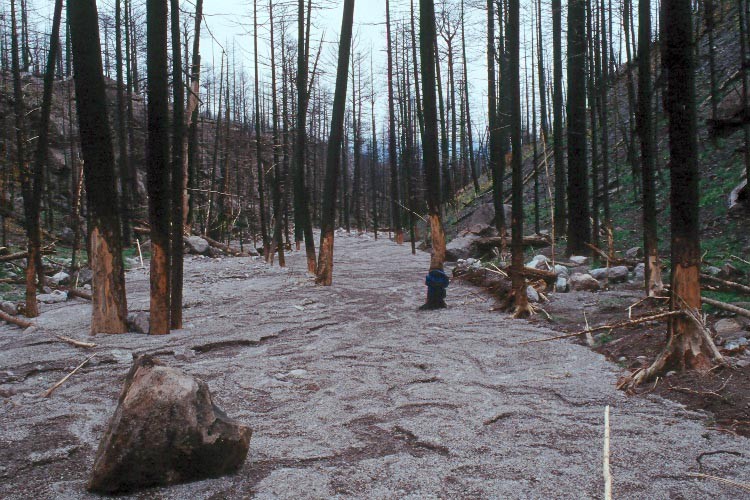
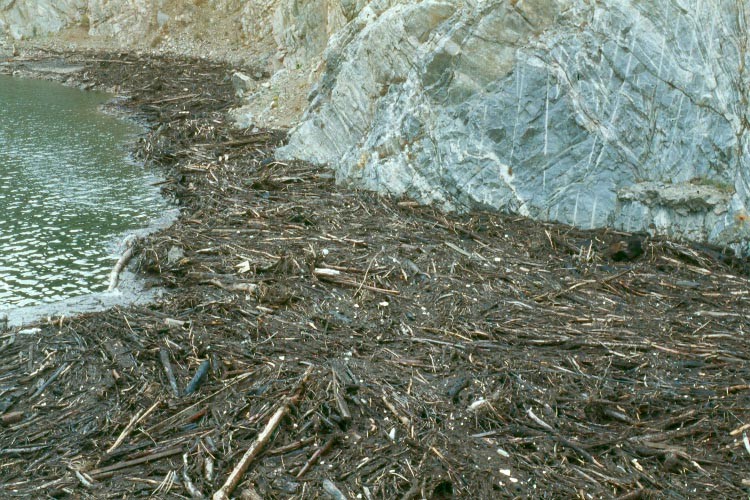
Debris and Sediment
Organic debris and sediment were deposited in Strontia Springs Reservoir, which supplies drinking water to the cities of Denver and Aurora. This debris came from two watersheds (Buffalo Creek and Spring Creek) burned by the 1996 Buffalo Creek Fire. Associated with this debris was an increase in manganese, which increased the chlorine demand of water treated for municipal usage. Photo by John A. Moody
Rill Erosion
Rill erosion on a burned hillslope after the Buffalo Creek Fire. Photo by John A. Moody
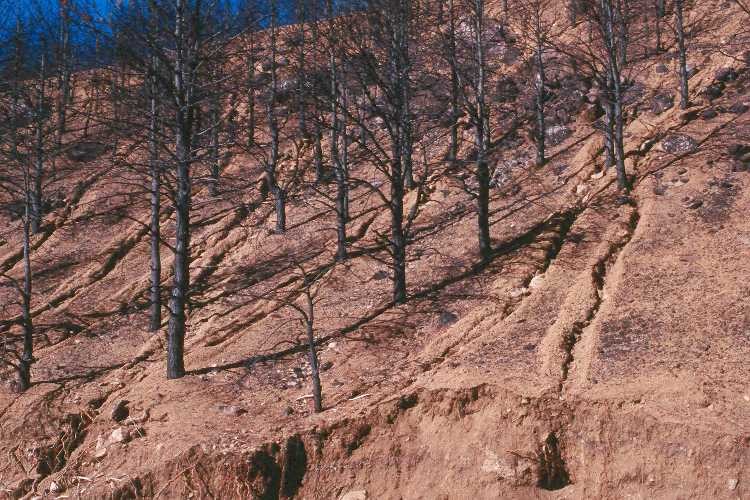
Los Angeles City Department of Water and Power
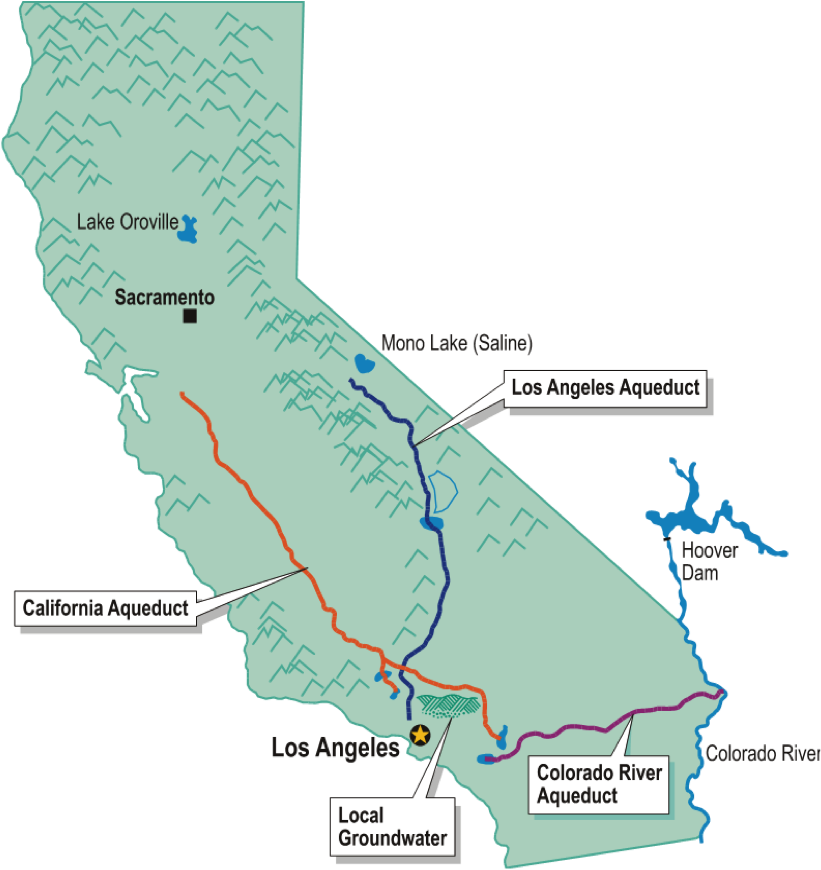
Sources of Water Supply
The Los Angeles aqueducts, local groundwater, and supplemental water purchased from the Metropolitan Water District of Southern California (MWD) are the primary sources of water supply for the City of Los Angeles (City). The water from MWD is delivered through the Colorado River Aqueduct and the State Water Project’s California Aqueduct. These three sources have historically delivered an adequate and reliable supply to serve the city’s needs.
Implementation of recycled water projects is progressing and is expected to fill a larger role in Los Angeles’s water supply portfolio. Stormwater capture projects for groundwater recharge to improve groundwater reliability are also being developed. Despite the declining water supply due to environmental enhancements and impacts from climate change, LADWP remains committed to creating sustainable sources of water to meet the future needs of Los Angeles.
Marcie L. Edwards
General Manager
Marcie L. Edwards is the general manager of the Los Angeles Department of Water and Power (LADWP). Edwards provides leadership for the utility in providing reliable and competitively priced water and electricity while continuing to maintain and implement environmentally conscious policies and priorities.
The Board of Water and Power Commissioners meets regularly on the first and third Tuesdays of each month at 11:00 a.m. Regular meeting agendas are available to the public at least 72 hours before the board meets.
Board of Water and Power Commissioners
Department of Water and Power of the City of Los Angeles
Room 1555-H,
111 North Hope Street,
Los Angeles, CA 90012
1-800-342-5397
MEL LEVINE, President
WILLIAM W. FUNDERBURK, JR., Vice President
JILL BANKS BARAD, Commissioner
MICHAEL F. FLEMING, Commissioner
CHRISTINA E. NOONAN, Commissioner
BOARD MEETINGS - The board conducts regular meetings at 11:00 a.m., or as soon thereafter as a quorum is present, on the first and third Tuesdays of the month (or on the next business day when a meeting day falls on a legal holiday) in Room 1555-H of the John Ferraro Building (JFB). Special meetings are held at the date, time, and place specified in the meeting notice. Three members of the five-member board constitute a quorum for the transaction of business. Meetings are recorded.
